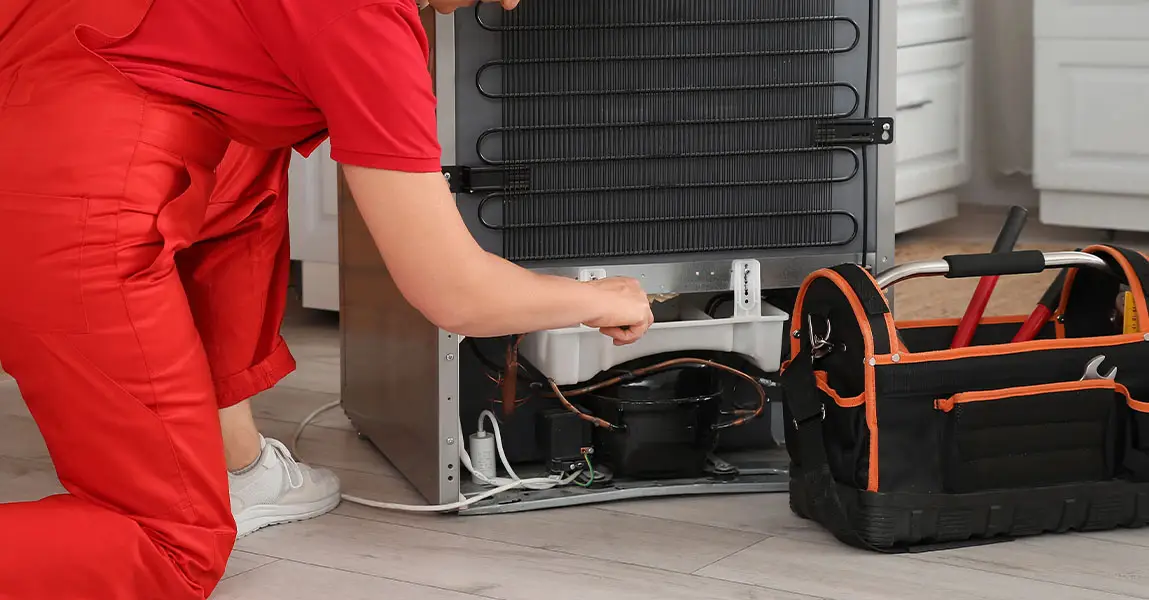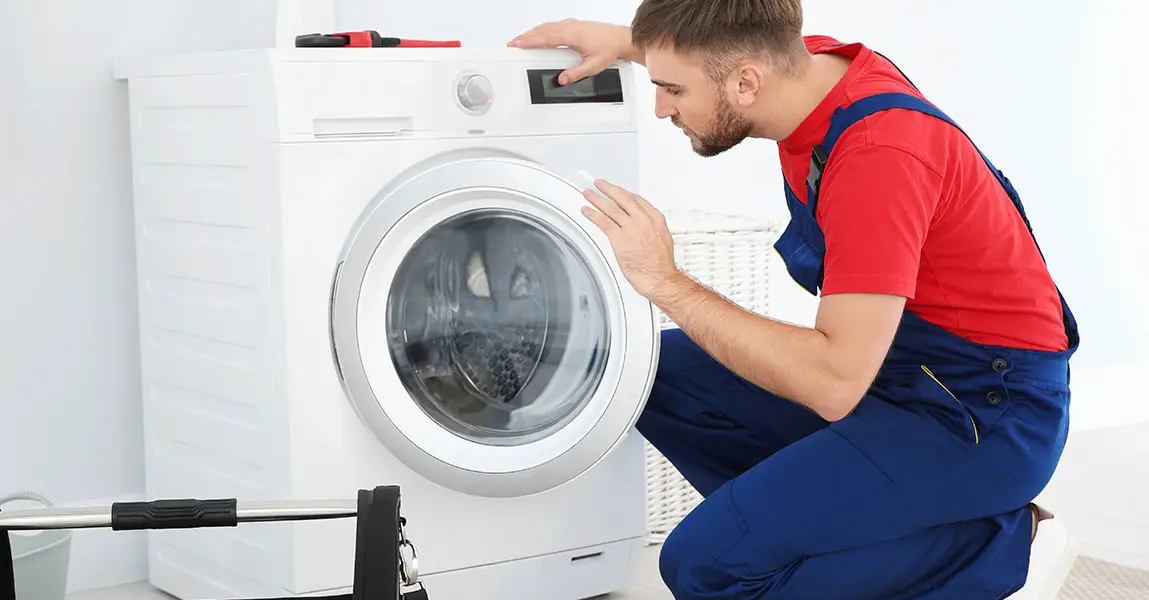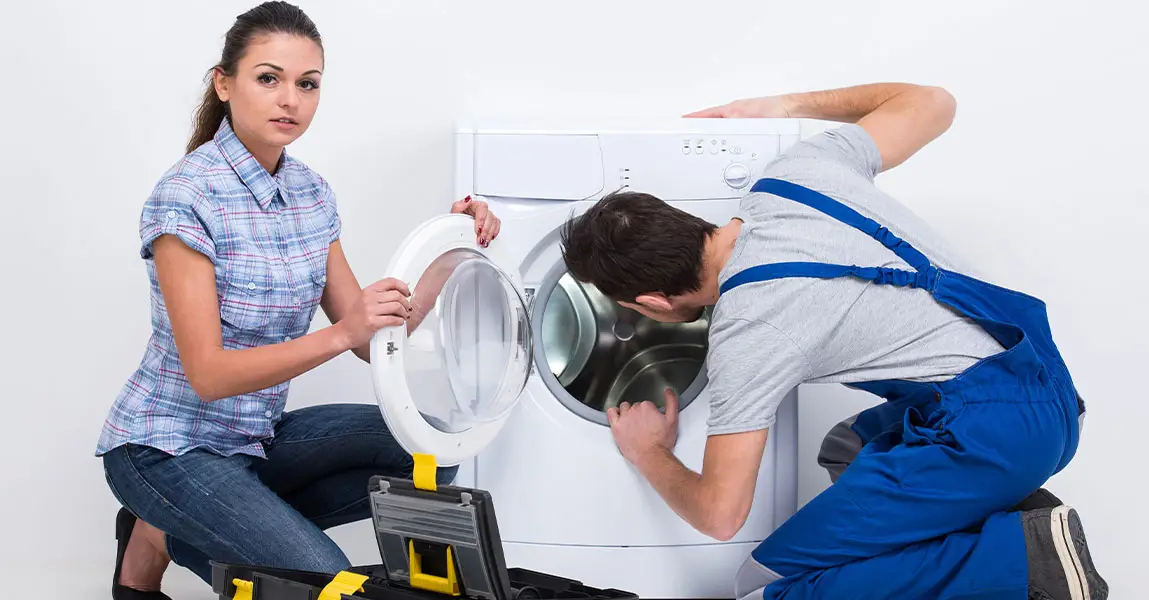When Your Appliances Stop Working Suddenly
It often feels like appliances only break down at the worst times. Whether it’s the fridge quitting right before a grocery trip or the dryer failing when laundry is already soaking wet, these problems disrupt everyday routines. Emergencies like this create stress quickly. Therefore, knowing what to do in those first few moments makes a huge difference.
Instead of panicking, it helps to approach the situation step by step. In other words, clear thinking and a basic plan can save food, prevent damage, and help you avoid costly mistakes. You don’t need to be an expert to handle the first steps correctly. You just need a few practical strategies.
Step One: Stay Safe Before You Do Anything Else
Your safety should always come first. That is to say, before inspecting any appliance, make sure there are no risks involved. For instance, if you smell gas or see sparks, turn off the power or gas supply immediately and exit the area if necessary. In these cases, it’s best to call emergency services before worrying about the repair.
For electrical appliances like ovens, washing machines, or dishwashers, unplug the unit if it’s safe to do so. However, do not reach behind a machine if water is on the floor or the area is damp. Wet surfaces and electricity do not mix. Wait for professional help if conditions are uncertain.
Taking these precautions prevents injury and can reduce the risk of further damage. Similarly, it allows you to move on to the next steps with greater peace of mind.
Step Two: Identify What Went Wrong
After ensuring safety, the next priority is figuring out what caused the failure. Start by asking a few simple questions. Did the appliance make unusual sounds? Was there a strange smell? Did it stop during use or fail to start at all? Details like these provide helpful clues. Likewise, if the issue occurred after a storm or power surge, it might be electrical.
In some cases, there may be obvious causes. For example, overloaded washers can stop mid-cycle or cause imbalance errors. A clogged lint trap in the dryer may cause overheating and shutdown. If you can identify the issue without opening the machine, you’ll be better prepared for the repair process.
That said, don’t open panels or unscrew anything unless you’re trained to do so. Even if you’re tempted, it’s safer to wait. Instead, focus on gathering information to pass along when you speak with an expert.
Step Three: Manage the Immediate Impact
Now that you’ve identified the problem, it’s time to control any short-term fallout. This might include removing wet clothes from a non-working washer or mopping up any leaks from a broken dishwasher. Above all, act quickly to minimize property damage.
If the fridge or freezer has stopped cooling, avoid opening the doors repeatedly. The more warm air enters, the faster your food spoils. Group cold items together to retain chill longer. In some cases, a portable cooler with ice can be helpful. For ovens, turn off the breaker if the unit remains hot or beeping.
The goal here is to stabilize the situation until a repair can be made. Consequently, these small steps can save money and reduce waste.
Step Four: Decide If a Same-Day Repair Is Needed
Not all appliance issues are true emergencies. For instance, a dishwasher failure is frustrating but doesn’t threaten safety or major inconvenience for a day or two. On the other hand, a broken fridge or washing machine can affect meals or hygiene fast, especially in busy households. Therefore, consider how urgent the situation really is.
A simple way to evaluate urgency is to ask whether you can safely delay repair without disrupting your life. If the answer is no, it may be time to look for emergency service. You can reach out to a professional to check same-day availability, especially for essential appliances like refrigerators, stoves, or washing machines.
Being realistic about what needs attention right away versus what can wait allows for better planning and fewer stressful surprises.
Step Five: Choose the Right Repair Approach
Some people try DIY fixes based on online tutorials. While this can work for minor problems like clogged filters or loose knobs, most emergency issues are more complicated. That is to say, opening machines or working with internal wiring without proper training may cause more damage or void the warranty.
In most cases, calling in certified help is the safer route. Not only will professionals have the right tools and experience, but they can also diagnose the issue fully rather than just guessing. For homeowners in Alberta, it helps to look for qualified services specializing in appliance repair in Edmonton, since local experts are more likely to respond quickly.
Additionally, licensed repair techs are familiar with regional codes and can provide valid documentation if needed for insurance or landlord communication.
Step Six: Prevent Recurrence After the Repair
Once the appliance is working again, the final step is preventing the problem from happening again. Ask the technician what caused the breakdown and whether anything could have been done to avoid it. Most importantly, follow their advice on routine care, cleaning, and usage.
For example, regular filter checks and door seal inspections can reduce wear and tear on major appliances. Likewise, avoiding overloads and using the correct settings help machines run more efficiently. Some owners also benefit from scheduling an annual maintenance checkup to catch problems early.
Appliance repairs are often frustrating. However, each one is also a learning opportunity. Understanding why it failed helps you use your equipment better in the future and may even extend its lifespan.
Extra Tip: Create a Quick-Action Checklist
One smart strategy is to prepare a quick-response checklist in advance. That way, when an emergency does happen, you don’t have to think under pressure. Include items like unplugging the appliance, turning off water or gas valves, and calling a trusted repair company. In addition, list key numbers like your landlord, building manager, or home insurance provider if applicable.
Keep the checklist somewhere easy to access, like taped inside a cabinet or stored on your phone. During an emergency, this simple tool reduces stress and ensures nothing important is missed. Preparation does not guarantee smooth sailing, but it certainly improves your odds.
Frequently Asked Questions
What should I do if my fridge stops cooling suddenly?
Keep the doors closed as much as possible to maintain cold air. If the fridge is warm and the power is still on, move perishables to a cooler with ice and contact a repair technician right away.
Can I fix a broken appliance myself?
You can try small fixes like cleaning lint traps or filters, but avoid opening internal parts unless you have proper training. Most emergency appliance issues should be handled by professionals to avoid further damage.
How do I know if a repair can wait until tomorrow?
Ask yourself if the appliance affects your safety, hygiene, or meals. If it does, it likely qualifies as urgent. If not, you might be able to wait and book a regular appointment during business hours.
Why do appliances often break right after a storm or power surge?
Power surges can damage electronic control boards and sensors. If you suspect this, unplug the appliance and avoid using it until it has been checked. Consider using surge protectors in the future for added safety.
Is it worth repairing an old appliance or should I replace it?
This depends on the appliance’s age, repair cost, and frequency of issues. A technician can help you weigh the pros and cons based on your specific situation and budget.











